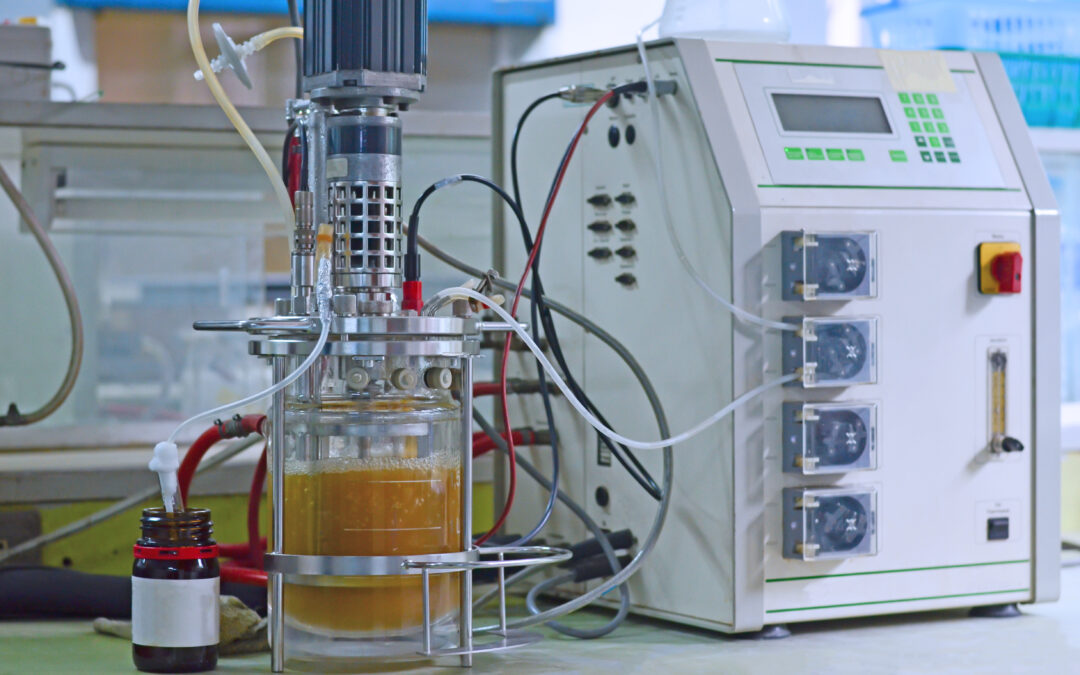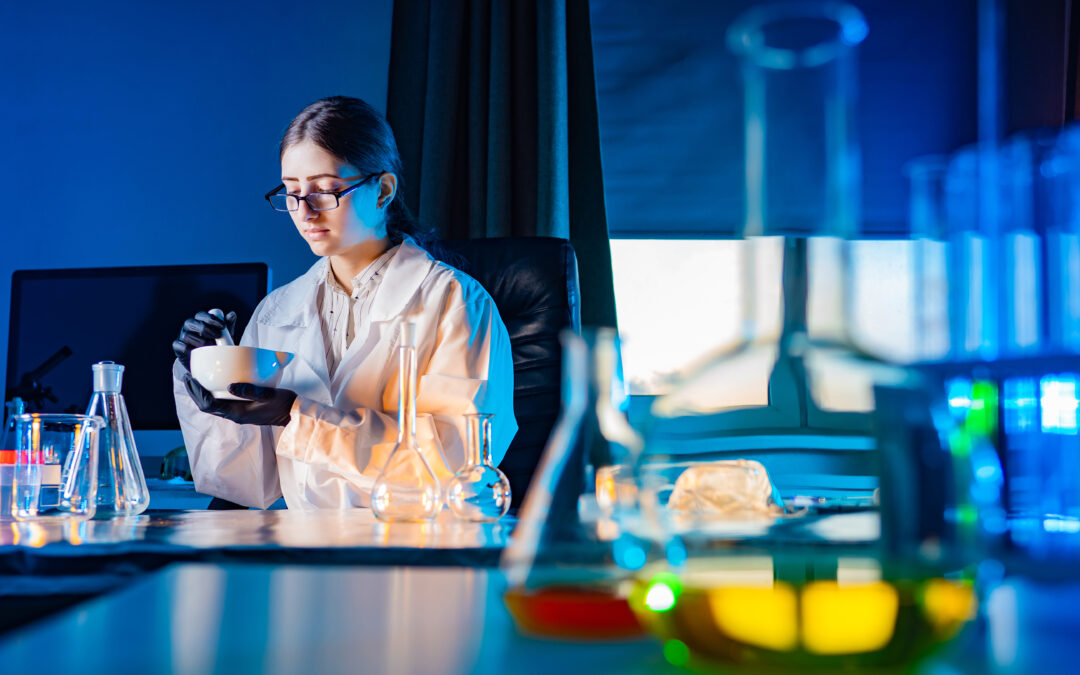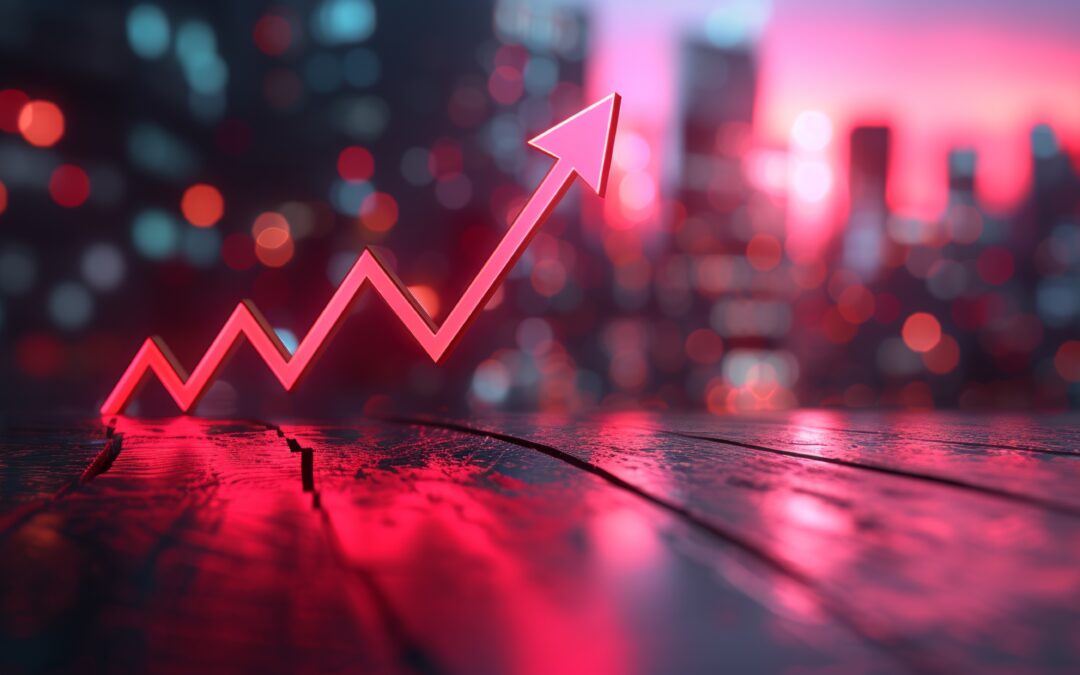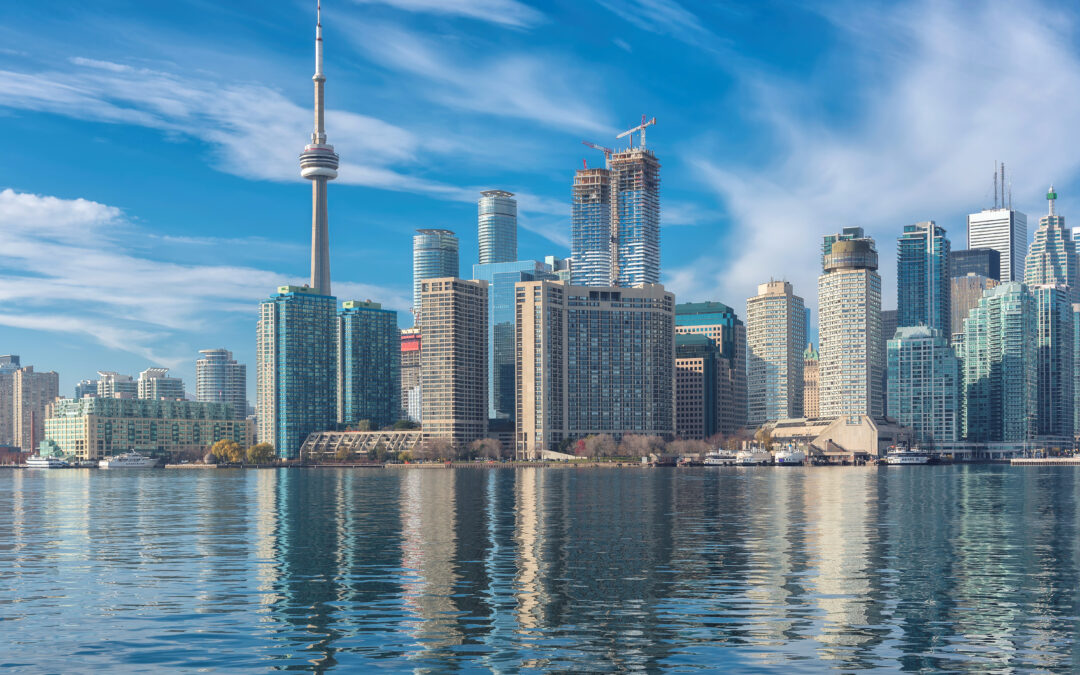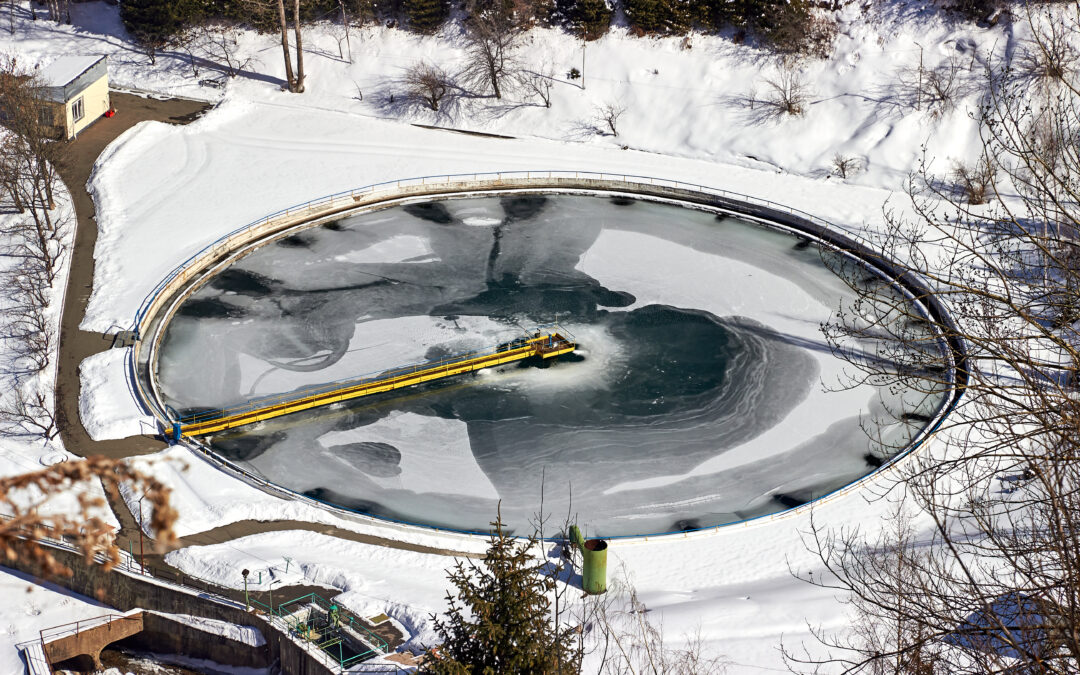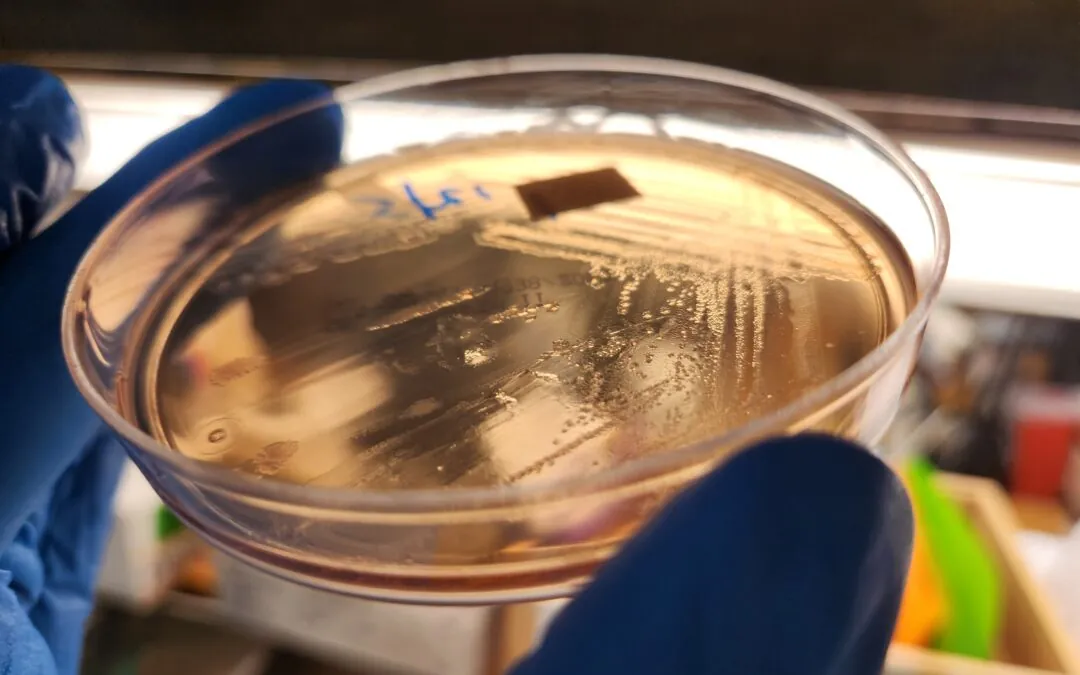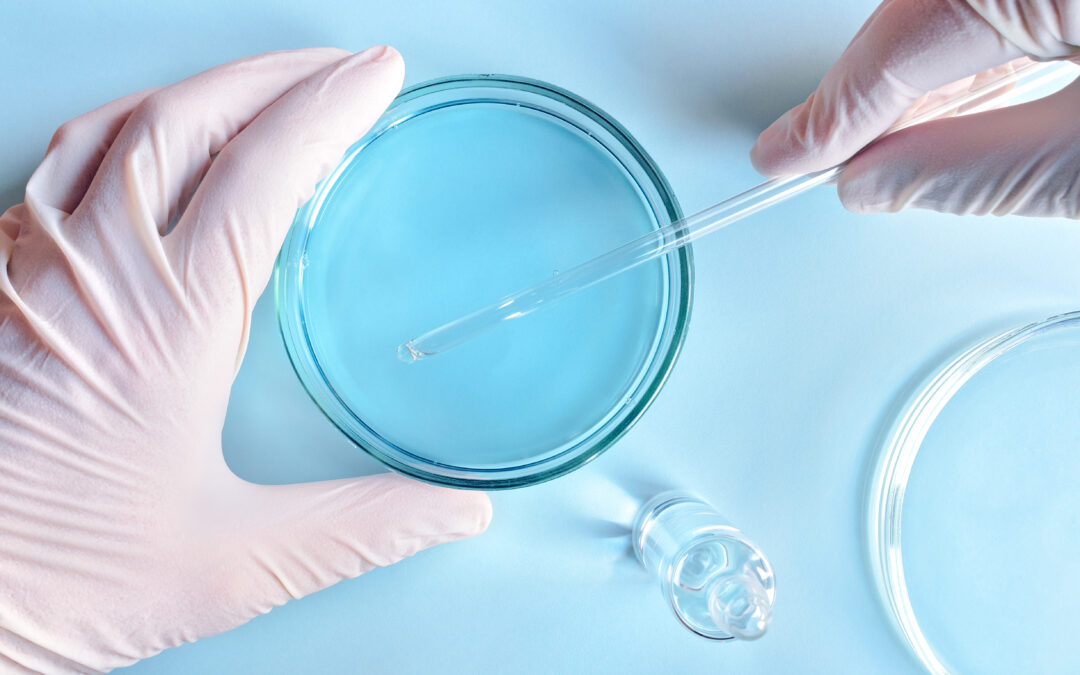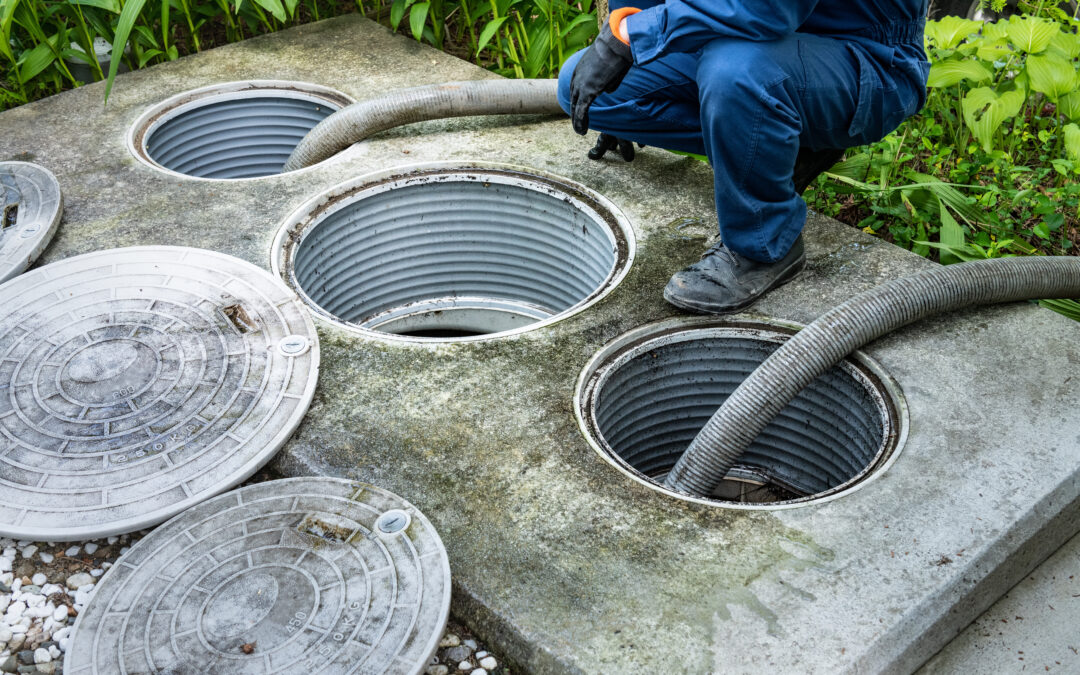Lagoons and ponds have been used for treating wastewater for over 3,000 years. Today, there are over 8,000 wastewater treatment lagoons operating in the United States. One appeal to using lagoons is that they generally require less energy than other treatment systems and have lower operation and maintenance costs. That being said, proper performance still requires some form of ongoing maintenance and upkeep. At Microbial Discovery Group (MDG), we have explored and documented the process of both treating and maintaining lagoons. With this knowledge, we have designed Biotifx® products and programs to make it easy for our sales reps to educate operators on how to maintain and increase efficiencies long-term.
LAGOON BASICS
A lagoon is a large, manmade body of water that is designed to receive, hold, and treat wastewater before it’s considered safe and returned to the environment. In a way, lagoons are like holding tanks, where sewage enters at one end and beneficial bacteria and other organisms work to break down various organic components over time. These bodies of water are constructed and lined with materials that prevent leakage into the groundwater, such as clay or an artificial liner. While lagoons can exist alone, they’re also commonly installed as a series within a system. This form of wastewater treatment comes in three main variations: anaerobic (without oxygen), aerobic (including oxygen), or facultative, which is a combination of the two oxygenic conditions.
The main objectives of lagoons are to:
- Clean the water by removing nutrients such as nitrogen, phosphorus, and biological oxygen demand (BOD).
- Further digest the solids by allowing biology to work over an extended period of time.
- Protect wastewater treatment facilities from a storm surge. After a large storm, excess water can be collected in lagoons.
THE PROBLEM: Lagoon Challenges
Lagoons are great because they don’t require much daily maintenance and often treat wastewater naturally. However, there are some long-term issues that can’t be avoided, so a maintenance plan needs to be put in place. Here are some common challenges we encourage our reps to look out for when meeting with operators:
- Sludge: While sludge is naturally digested in lagoons, this digestion is usually slow, and higher loading results in accumulation over time. This causes an issue because there is only a finite amount of space in a lagoon, often resulting in the need for dredging and removal, which comes at a high cost. These build ups can also cause hydraulic short-circuiting, or “dead spots”, and create even more limited system capacity.
- Fat, Oil and Grease (FOG) Accumulation: When FOG is not treated properly, it solidifies on the surface of a lagoon and requires mechanical removal. This, like sludge accumulation, requires a high cost for disposal services. High FOG accumulation can block equipment and make aeration impossible, which leads to our next two challenges: odor and hydrogen sulfide.
- Odor: As microbes digest organic material, they release volatile fatty acid (VFA) compounds. VFAs have a strong odor—some can smell like vinegar and body odor, for example—and are produced in anaerobic conditions. The presence of these VFAs often leads to community complaints. In fact, facilities can be charged with costly fines or lawsuits and their communities may even experience a loss in tourism because of the foul odors.
- Hydrogen Sulfide (H2S):Like VFA odors, H2S will get the community calling to complain due to its rotten egg smell. More importantly, H2S is very toxic to people and corrosive for equipment and infrastructure. These negative side effects have the potential to cause lawsuits that could result in hefty fines.
THE SOLUTION: Biotifx® Product + Platform
MDG understands lagoon issues and is eager to educate our partners to identify opportunities and to measure, implement, and track success. Our program begins with a classroom-style training that extends into in-field training and support. Our program approach makes it easy for our partners and their customers to succeed with a product and process that’s proven. With our Biotifx® products, the most common long-term lagoon pains can be resolved. The full line of Biotifx® products are formulated with unique blends of Bacillus, enhanced with a proprietary blend of micronutrients and biostimulants to maximize microbial community performance.
Our team has developed numerous case studies demonstrating the effectiveness of our Biotifx® programs and products, and we’re always in the process of writing more as our partners and their customers succeed. Our solution ensures our partners have what’s needed to help their customers improve lagoon function and save money in the long term. MDG refines and delivers products and ideas by applying Real Science to a Trusted Process, yielding Proven Success.
Want to learn more about the earning potential and ROI that comes with treating lagoons with bioaugmentation? Visit our market page or contact us to discuss your unique goals.
